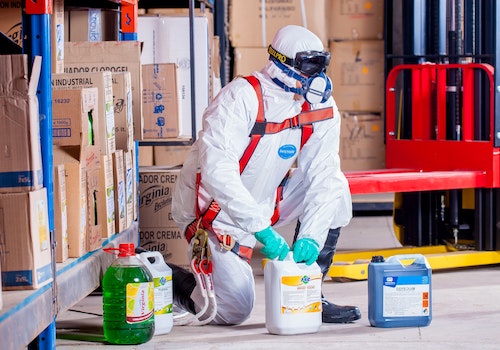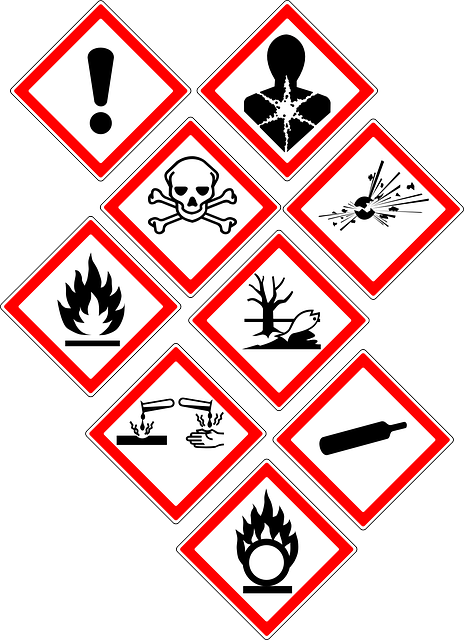The Classification, Labelling and Packaging (CLP) Regulation – (EC) No 1272/2008 – is based on the Globally Harmonised System (GHS) of the United Nations. Importantly, the goal of CLP regulation is to ensure a high degree of protection for human health and the environment, in addition to the free movement of chemicals, mixtures, and articles.
As of 1 June 2015, the CLP regulation amended the following three legislations and became the only piece of EU legislation in force governing the classification and labeling of substances and mixtures:
- the Dangerous Substances Directive – 67/548/EEC (DSD);
- the Dangerous Preparations Directive – 1999/45/EC (DPD); and
- Regulation (EC) No 1907/2006 (REACH).






